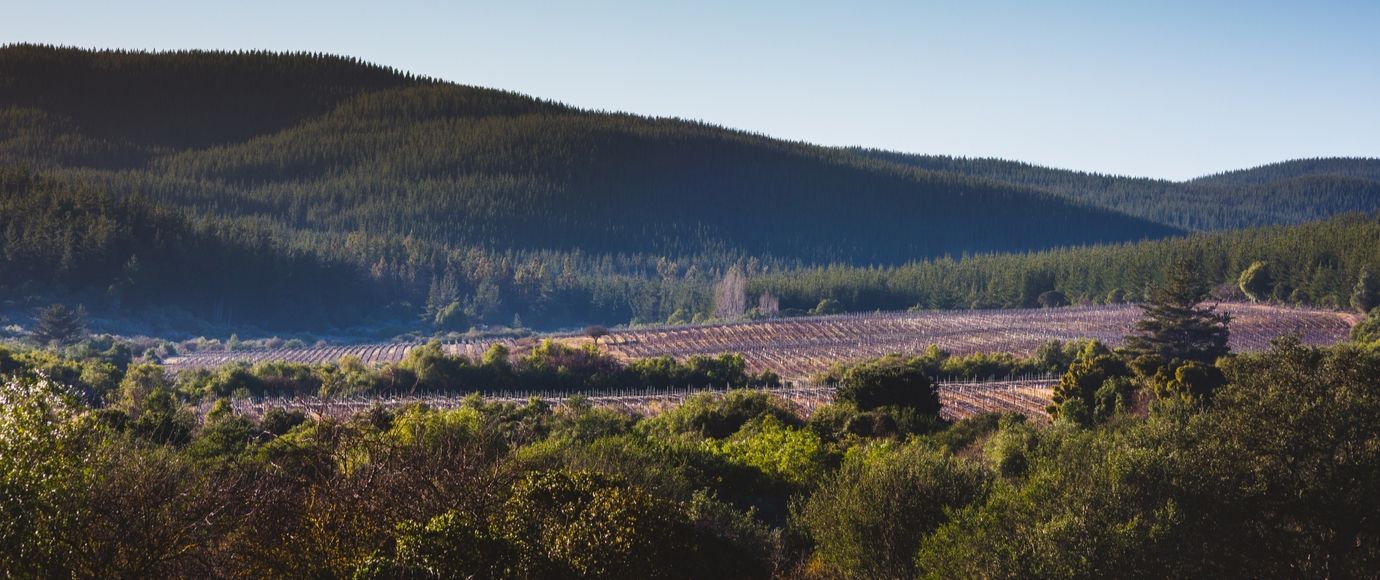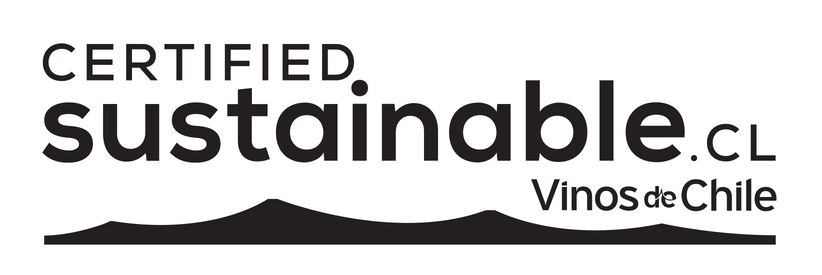Secano Interior: tradición en industria vitivinícola

El Secano Interior es una zona de plantaciones de viñedos sin riego, ideal para la industria vitivinícola. Su riego es únicamente el que proviene de la lluvia. Se encuentra ubicada en la parte central de Chile, la que tiene suelos derivados de materiales graníticos y arcillosos, que por sus características agroclimáticas y topográficos son aptos para el desarrollo de las vides.
El Secano Interior y la industria vitivinícola
Su potencialidad vinícola destaca por las condiciones climáticas del sector con veranos largos y temperados sin humedad, poca factibilidad de heladas tardías en primavera y heladas tempranas en el otoño. Además de esto, no suele llover en el período del crecimiento vegetativo, especialmente en la etapa de floración y madurez de la uva.
Cepas plantadas en Secano Interior
Las principales variedades plantadas en esta zona son las llamadas cepas patrimoniales: País, Moscatel de Alejandría, Carignan y Cinsault. También se han plantado cepas blancas como el Semillón y la Chasselas Dorè (Corinto).
Características de los vinos del Secano Interior
La ausencia de lluvias en los meses de verano, así como tener cuatro estaciones bien marcadas, permiten obtener uvas sanas y con la madurez óptima para cada vendimia.
Los vinos producidos con uvas de la cepa país procedentes de esta zona en general tienen una acidez media a baja, baja intensidad de color y una muy buena concentración y carácter frutal.
Por su parte, los vinos derivados de la cepa Moscatel de Alejandría o Italia destacan por su aroma y sabor moscatelizado.
Trabajo agrícola en el Secano Interior
Las vides de esta zona no se riegan, siendo entonces un requisito la preparación del terreno para que pueda absorber todas las precipitaciones y se aplica los métodos de arado, rastreado y cruza. La fertilización es escasa y se basa en aportes de nitrógeno, potasio, fósforo y boro.
Enseñanzas del Secano Interior para la industria vitivinícola
Al ser una plantación sin riego, aporta un perfecto balance hídrico entre la tierra y el agua de la lluvia. Esta característica y las anteriormente mencionadas hicieron que fuera el lugar escogido para las primeras plantaciones de viñedos en el país, alrededor de 400 años atrás, logrando hoy en día contar con raíces muy antiguas, siendo un patrimonio viviente para Chile.
La zona del Secano Interior tiene un gran potencial ejemplificador para la industria vitivinícola, como los son contar con viñedos con raíces profundas, la capacidad de manejar y controlar las plantaciones en forma tradicional y a la baja presencia de plagas, todo lo cual se traduce en uva de gran calidad de la que se obtienen vinos con balanceados, de buena acidez y expresivos de su terroir, es decir, vinos con gran identidad.




